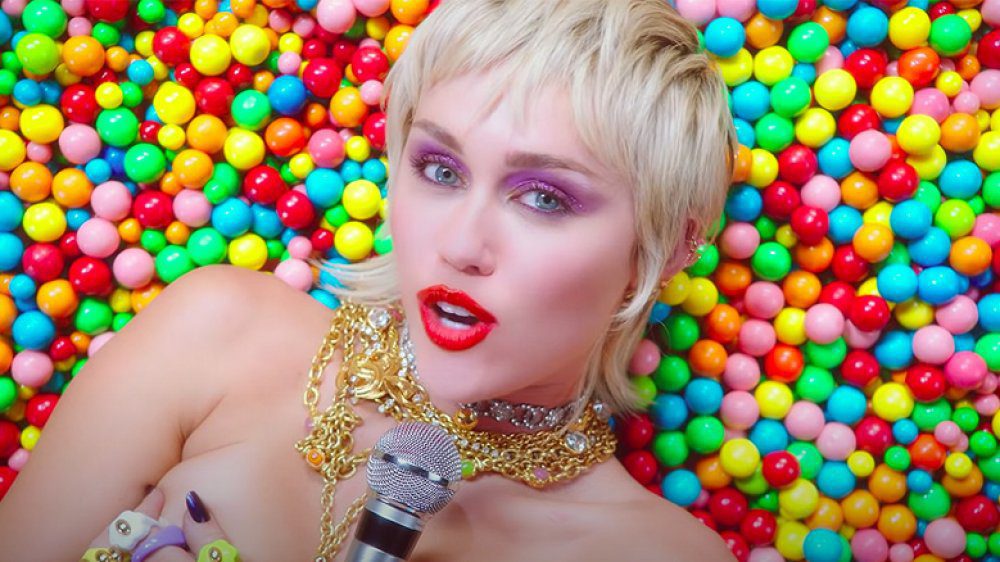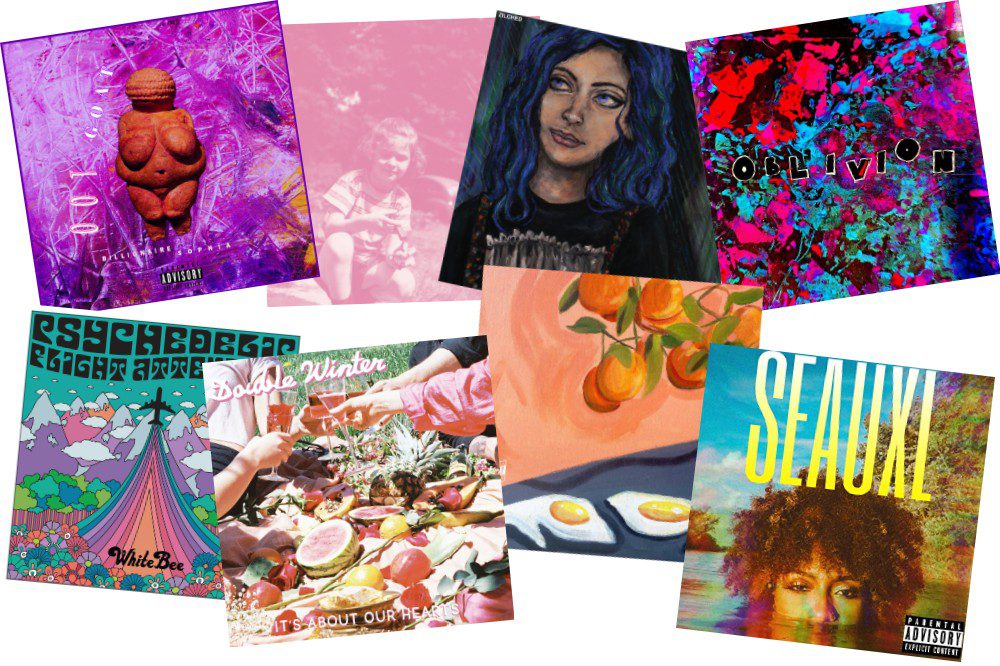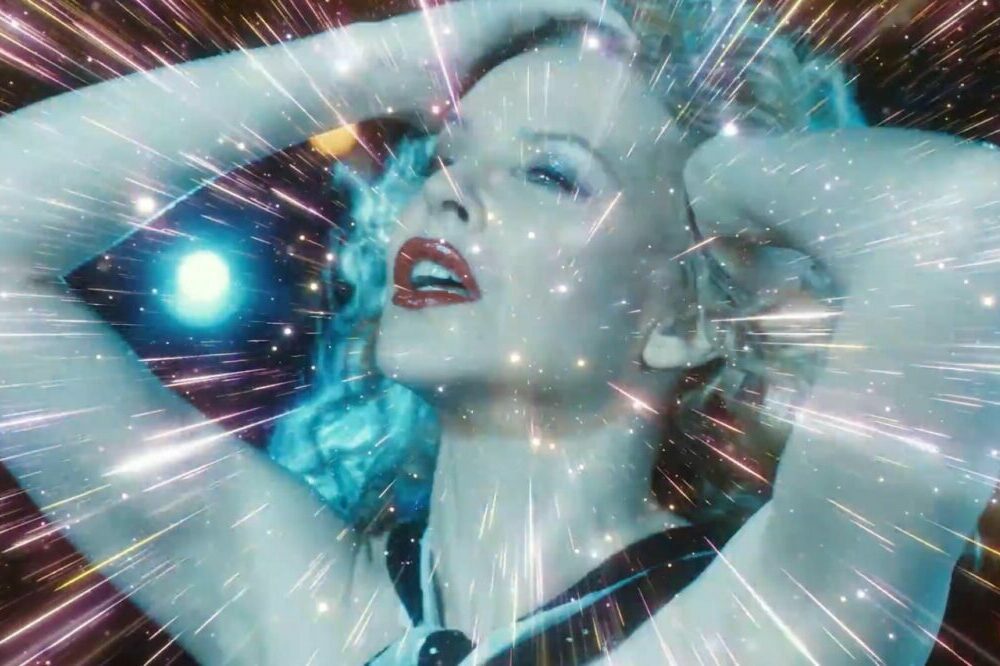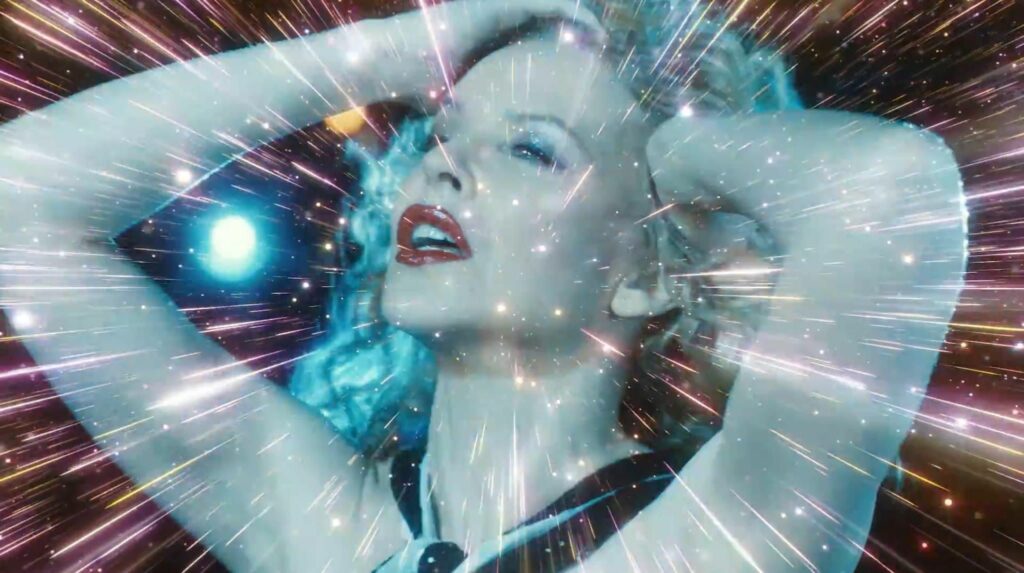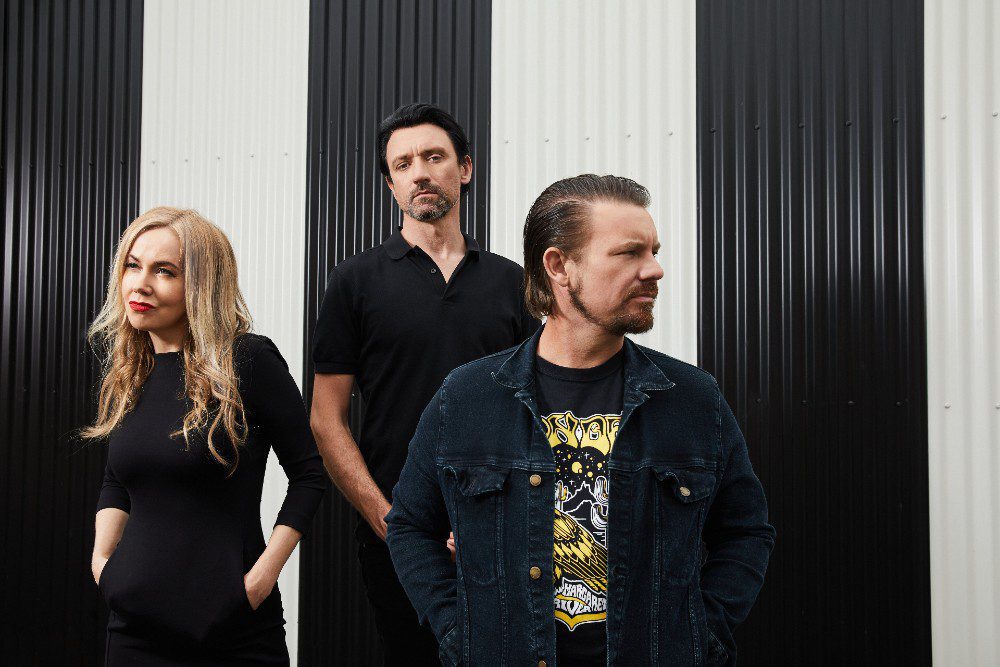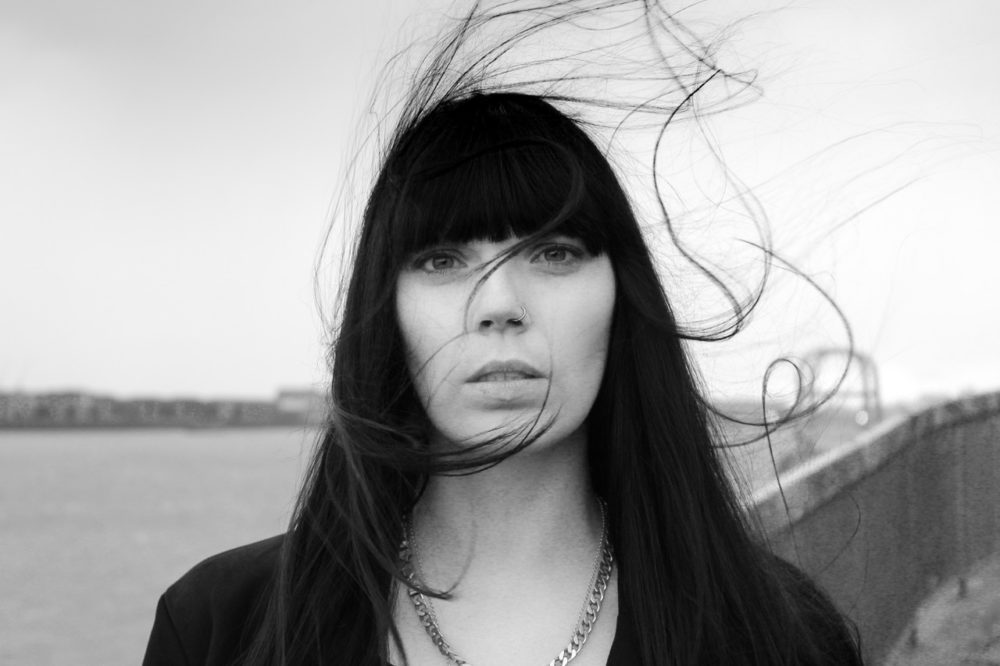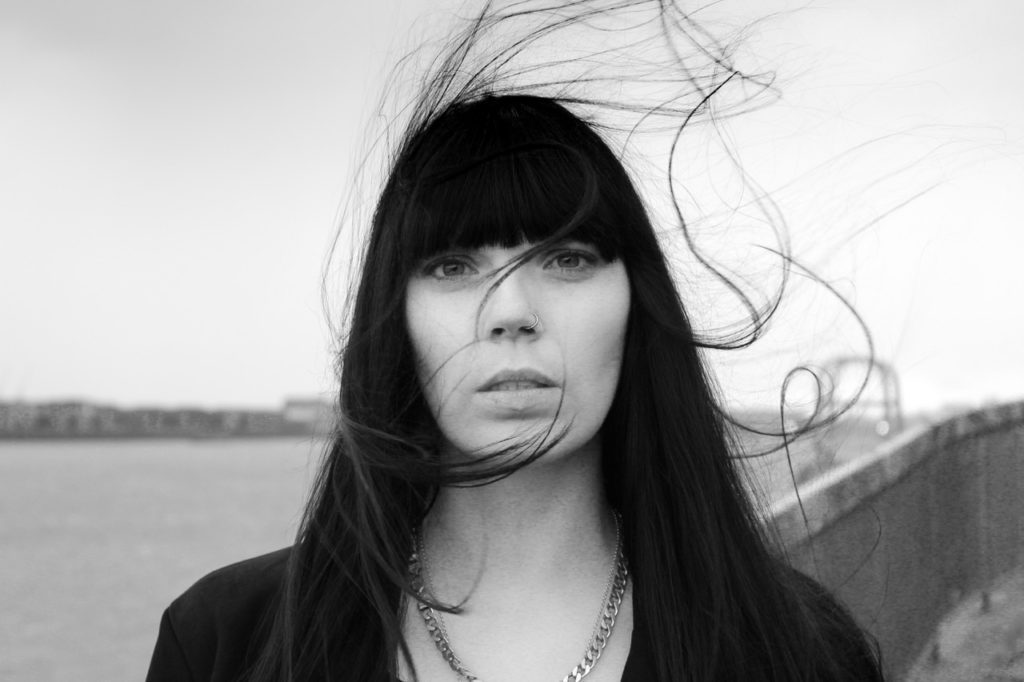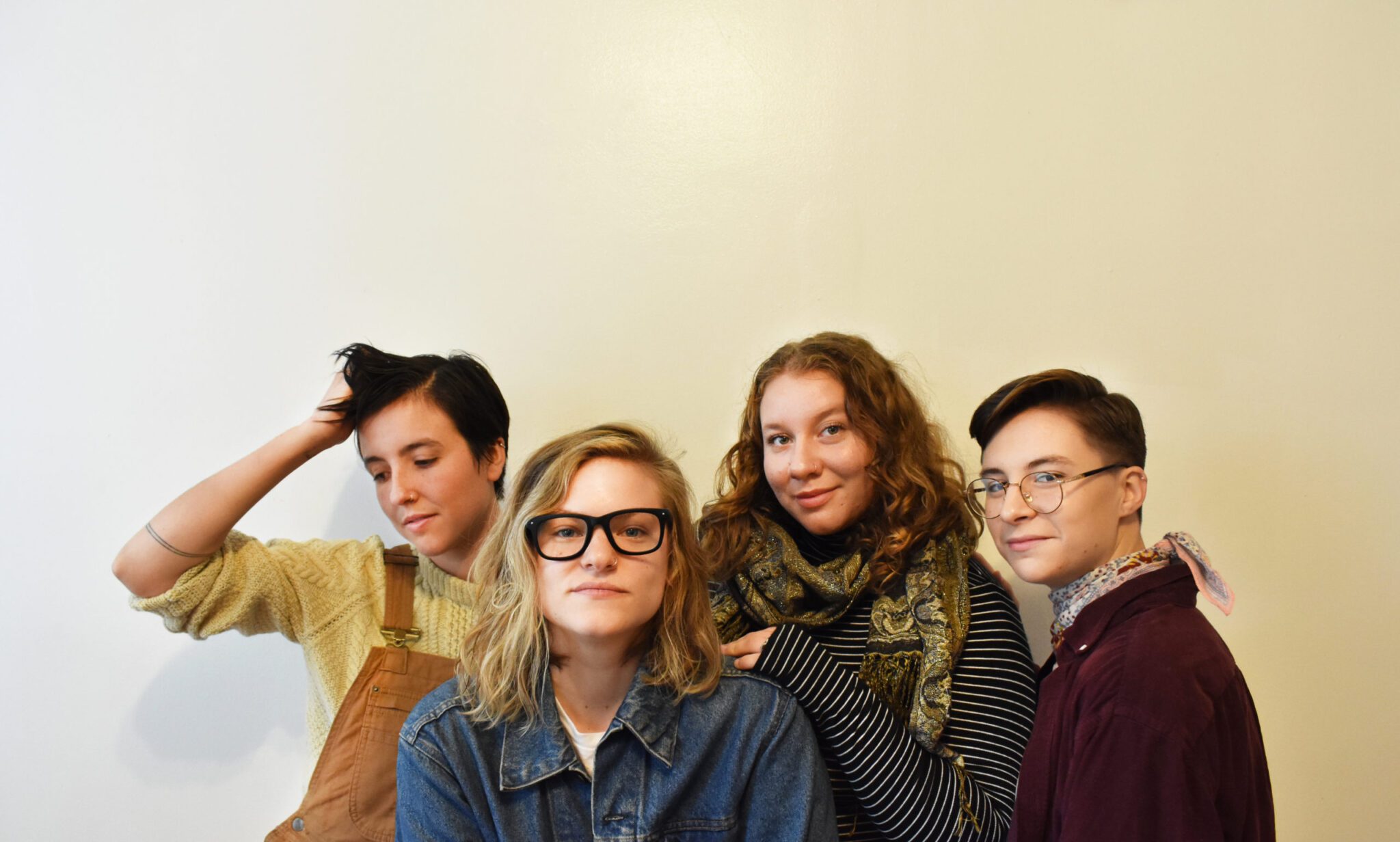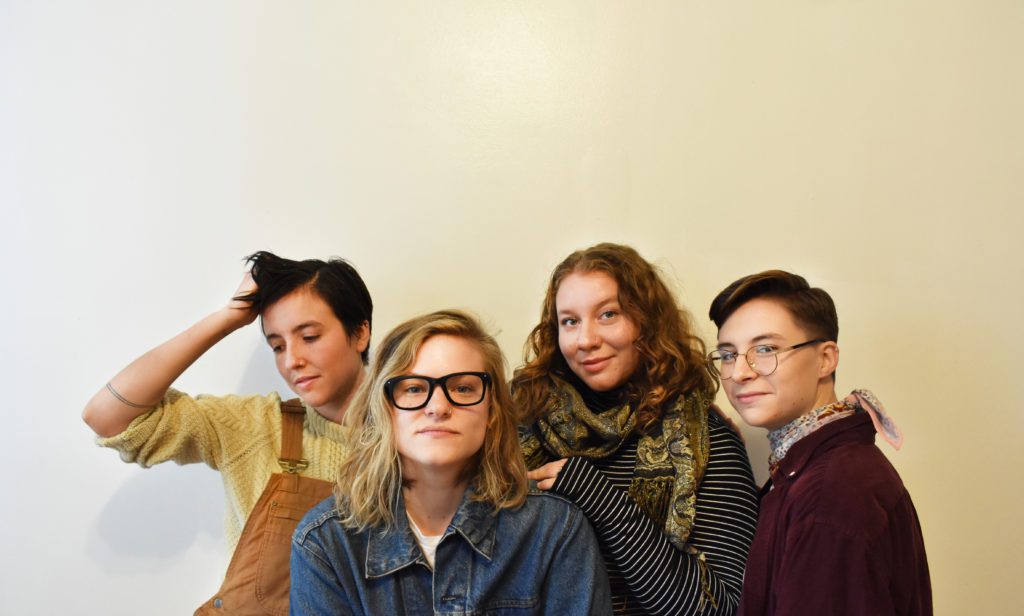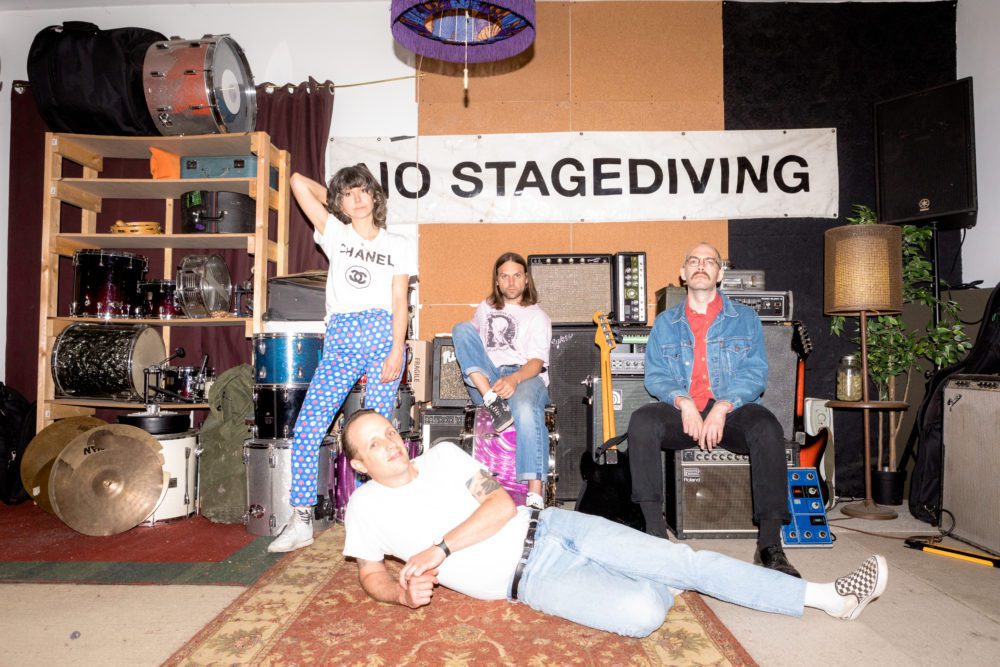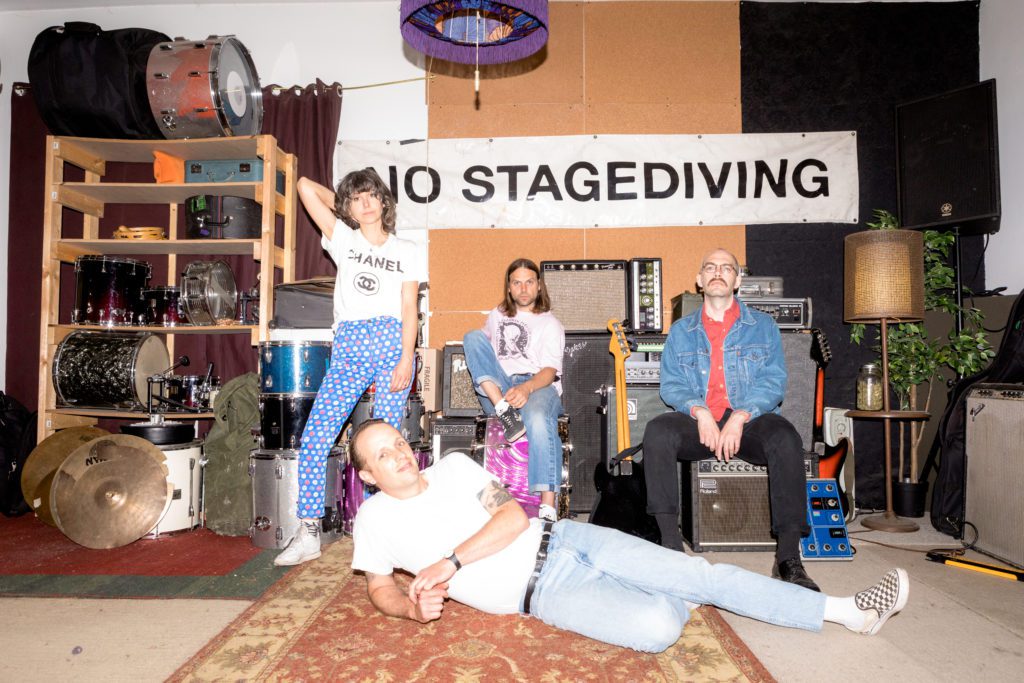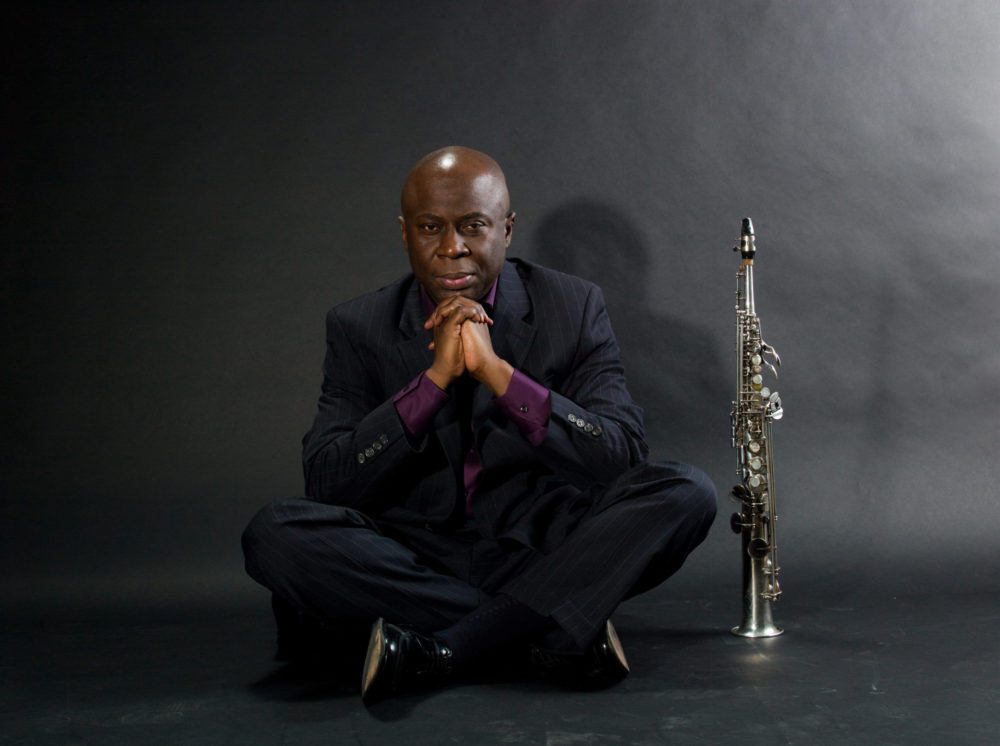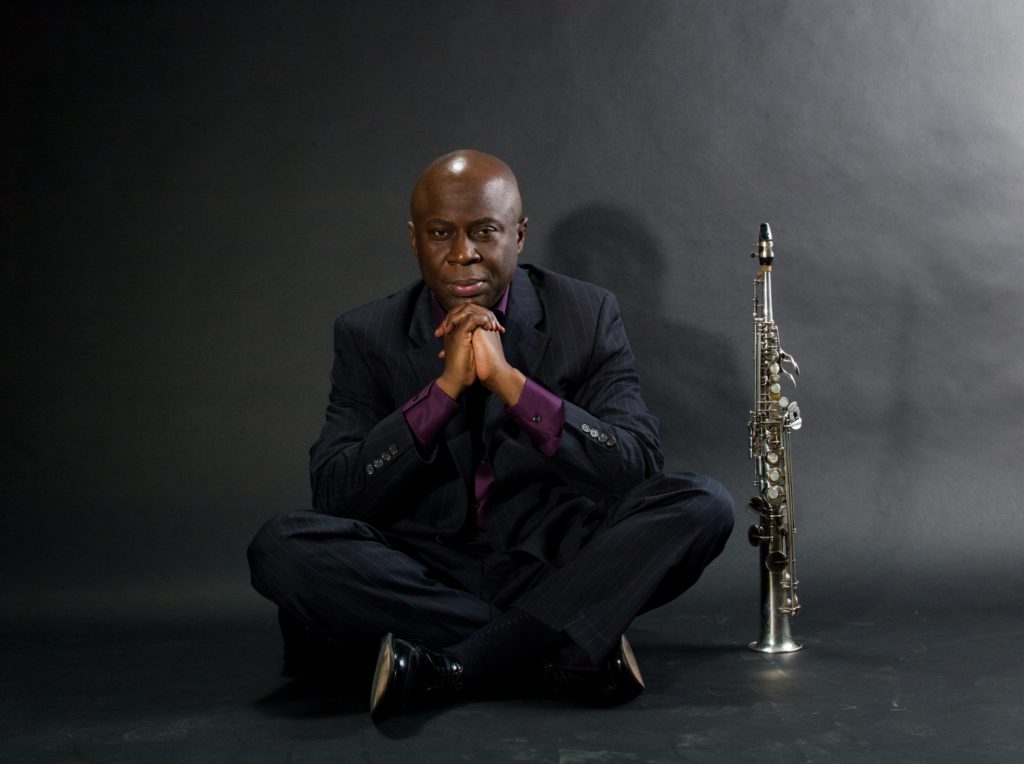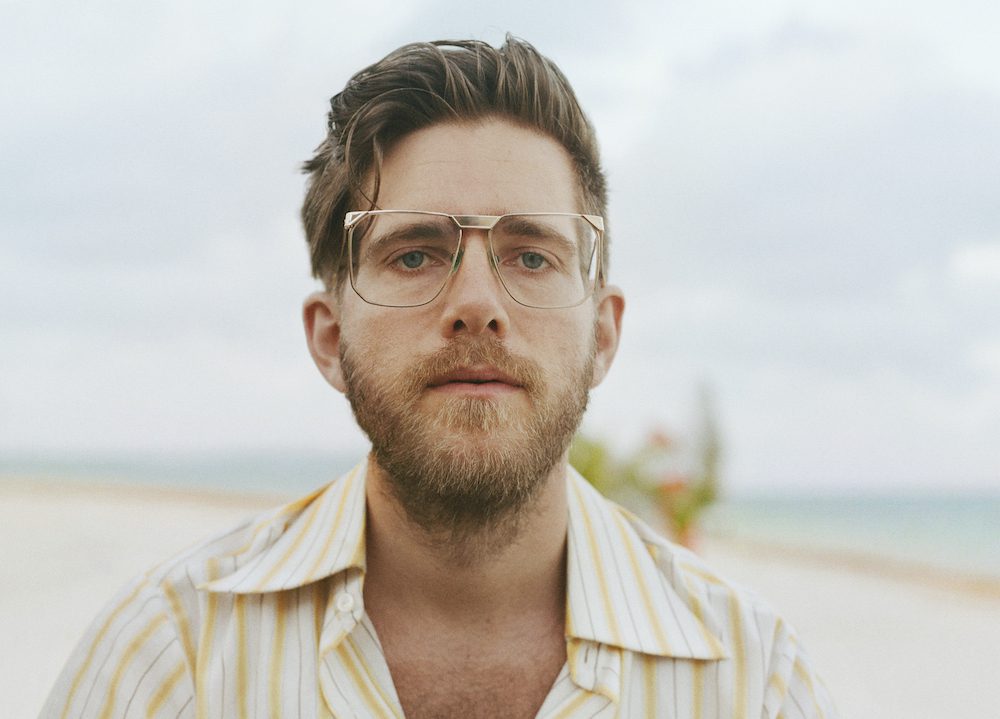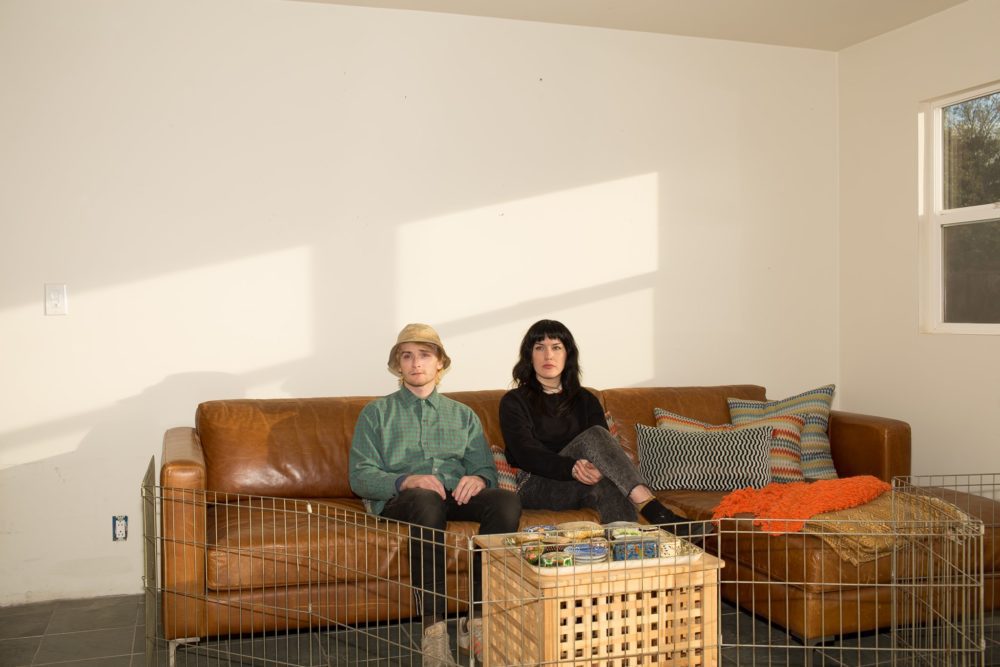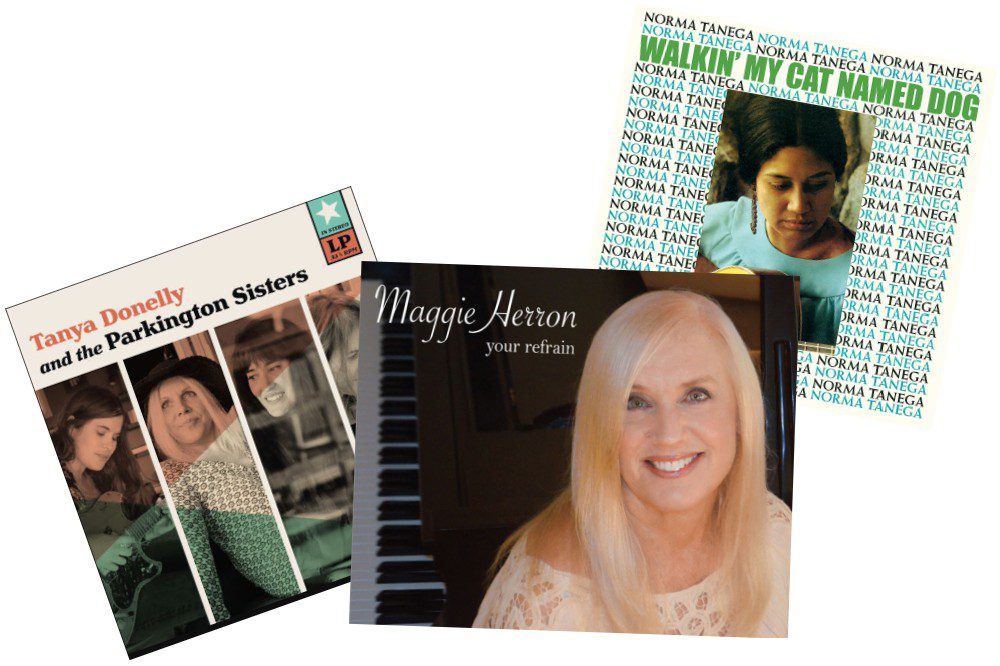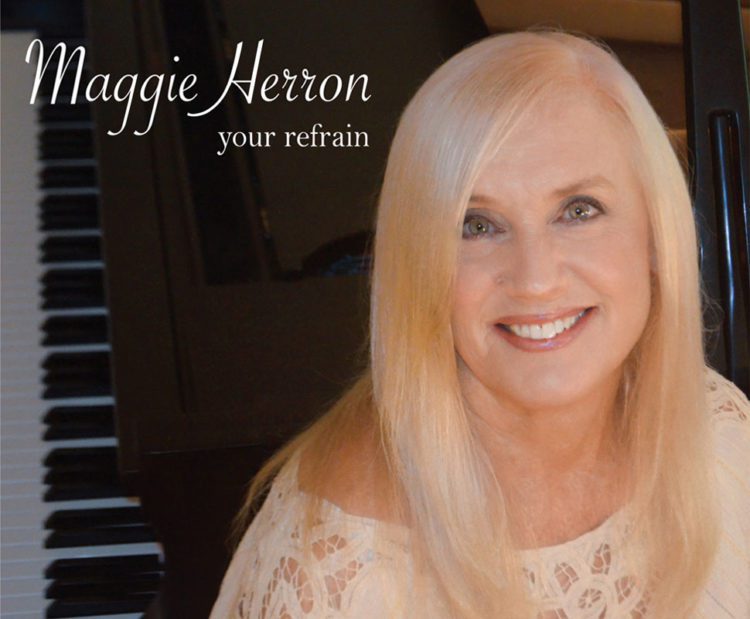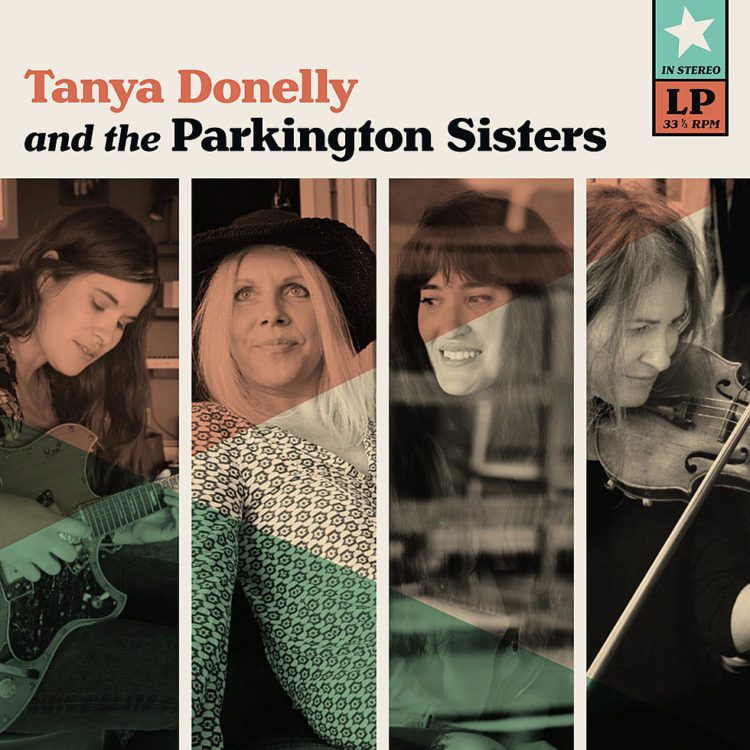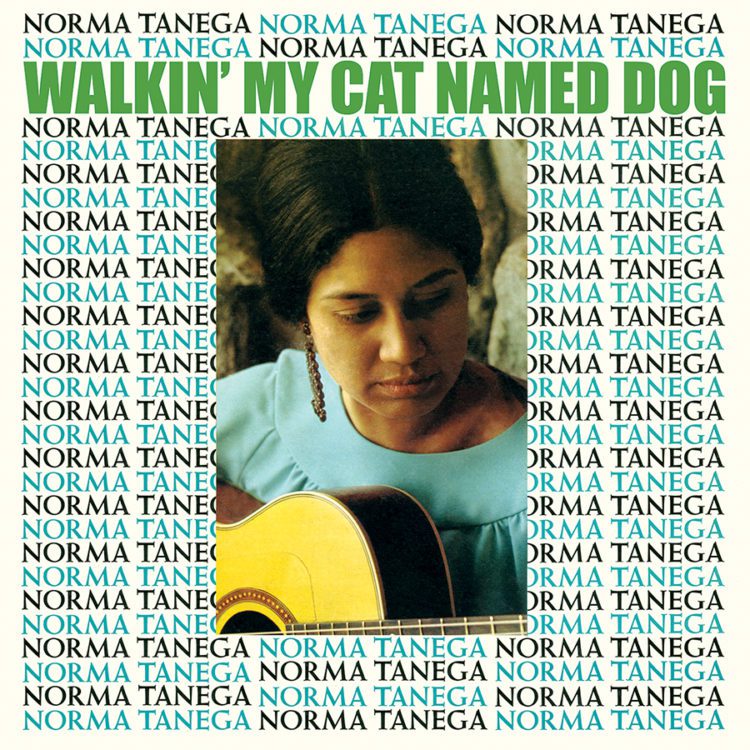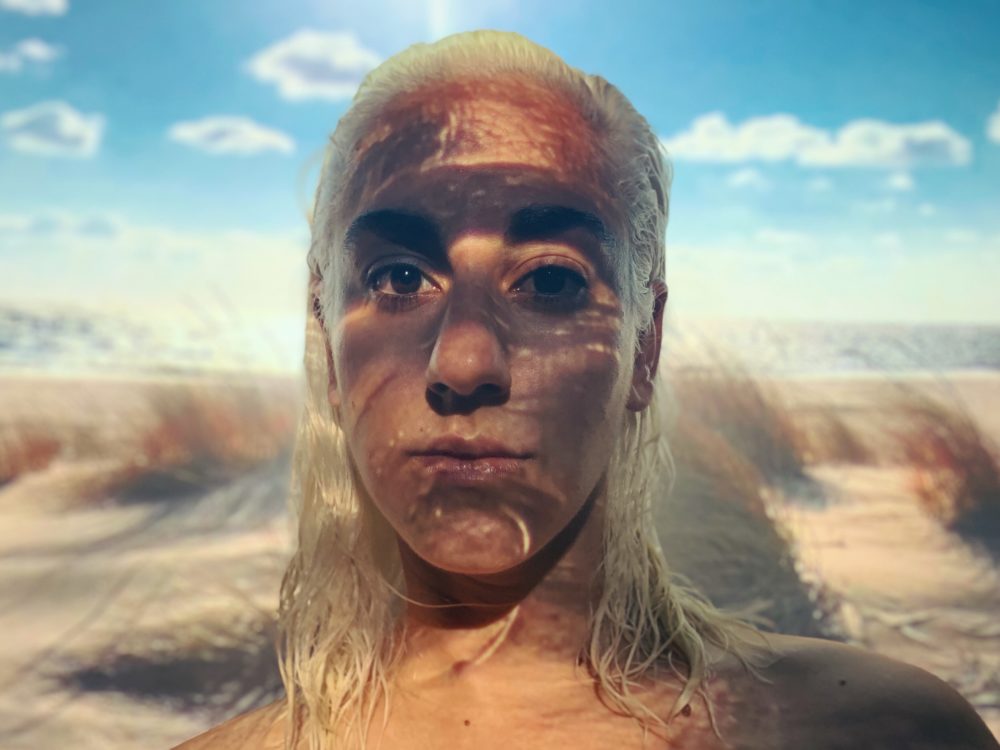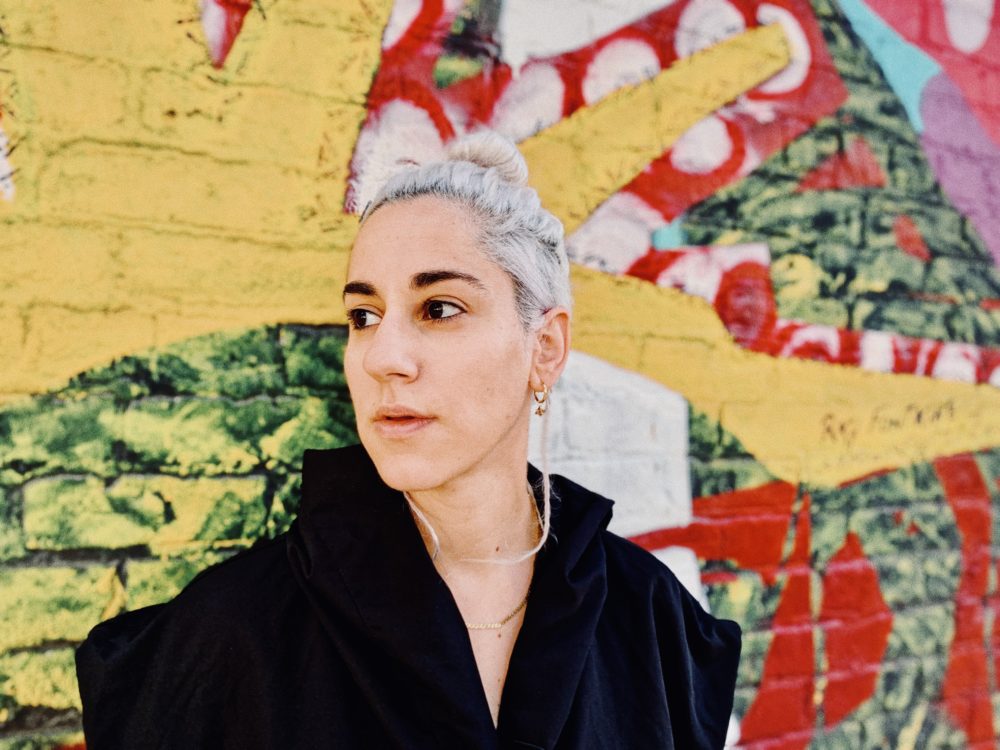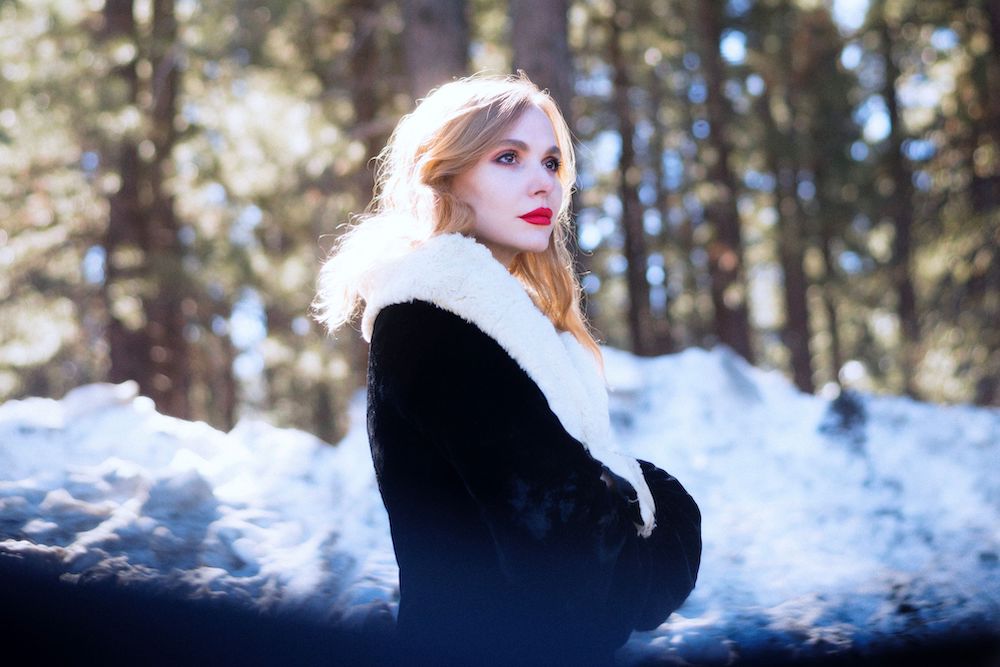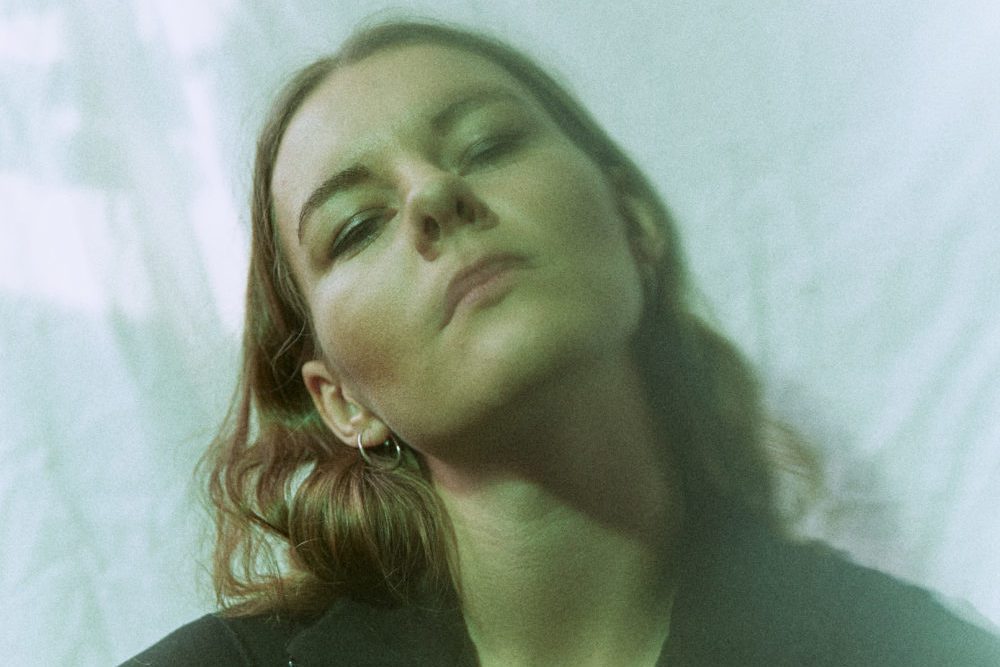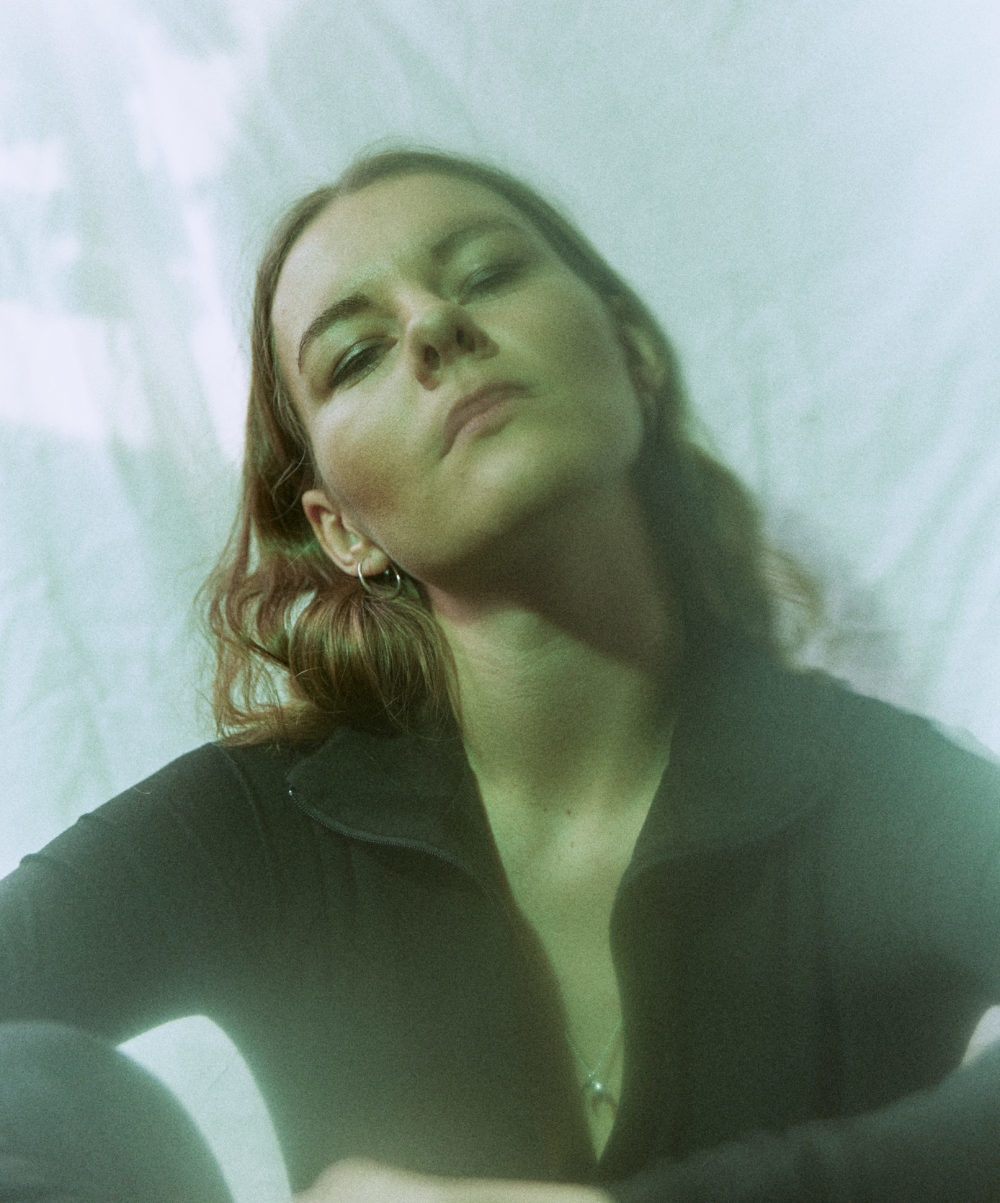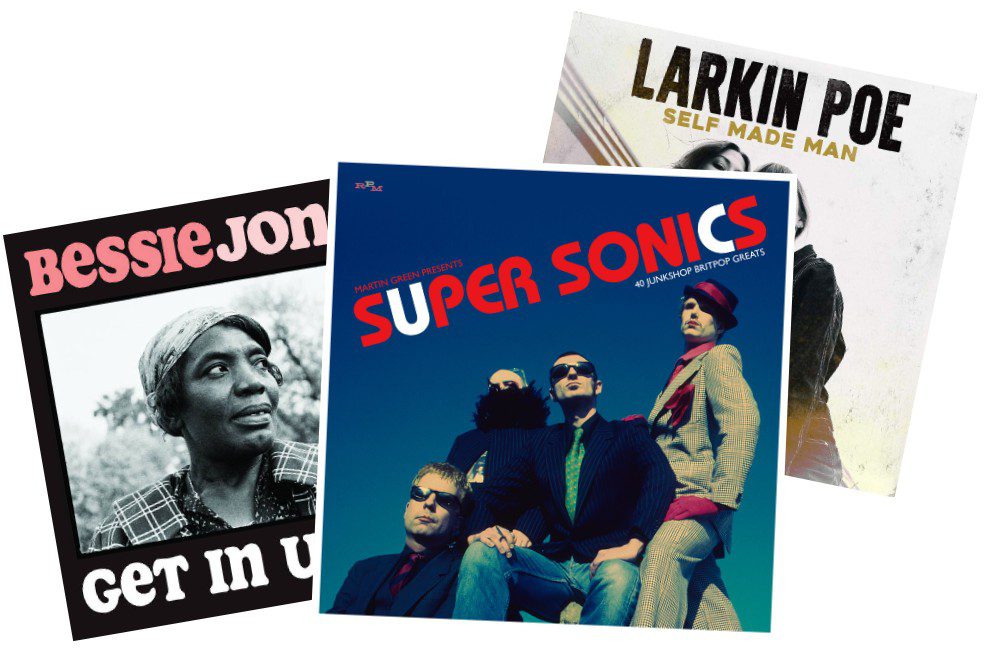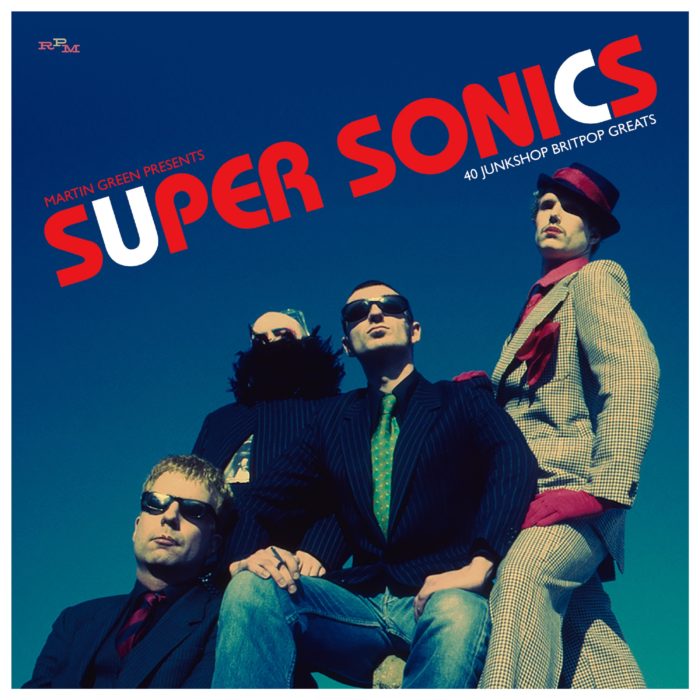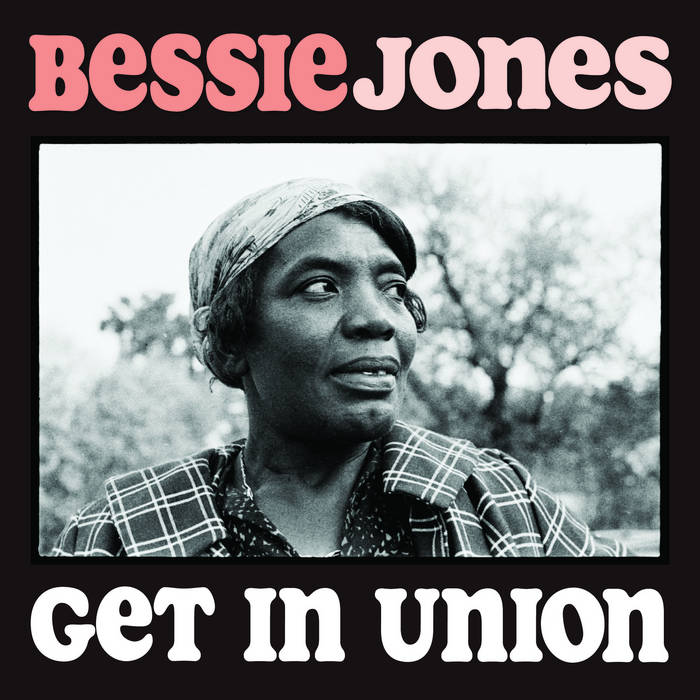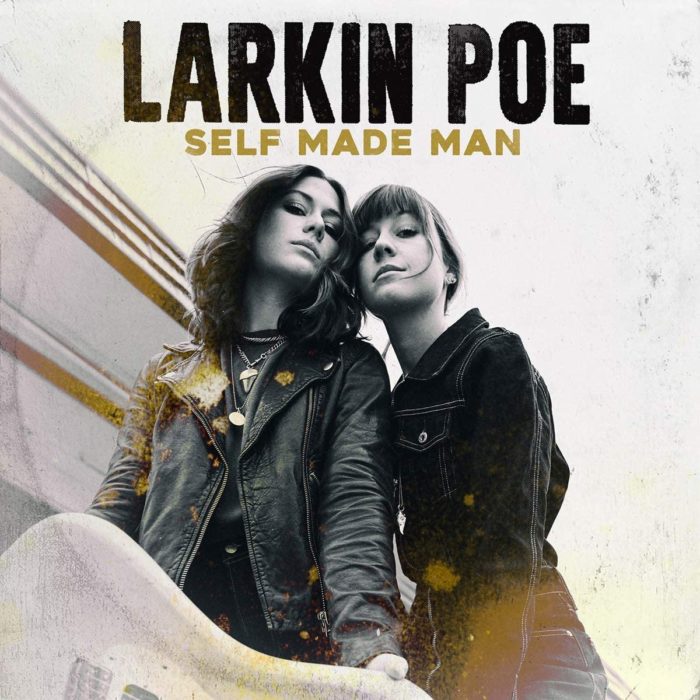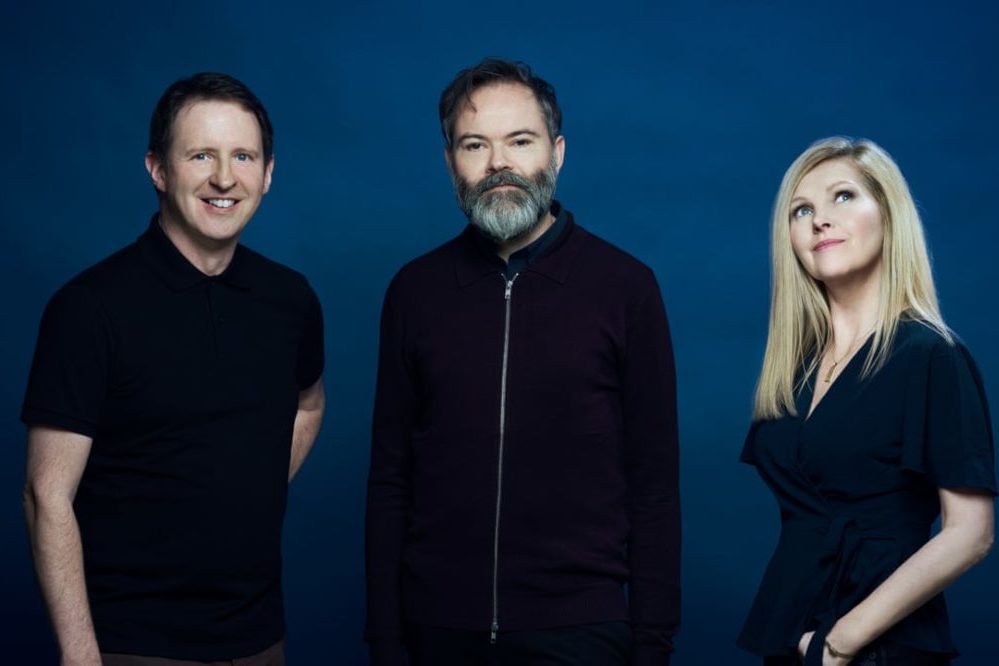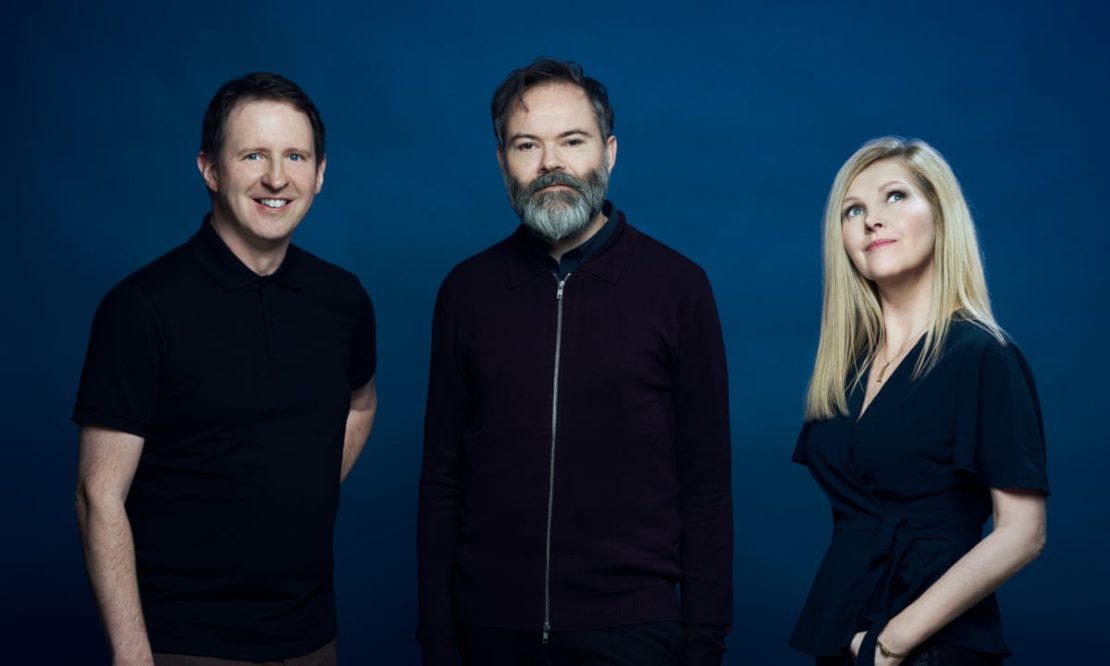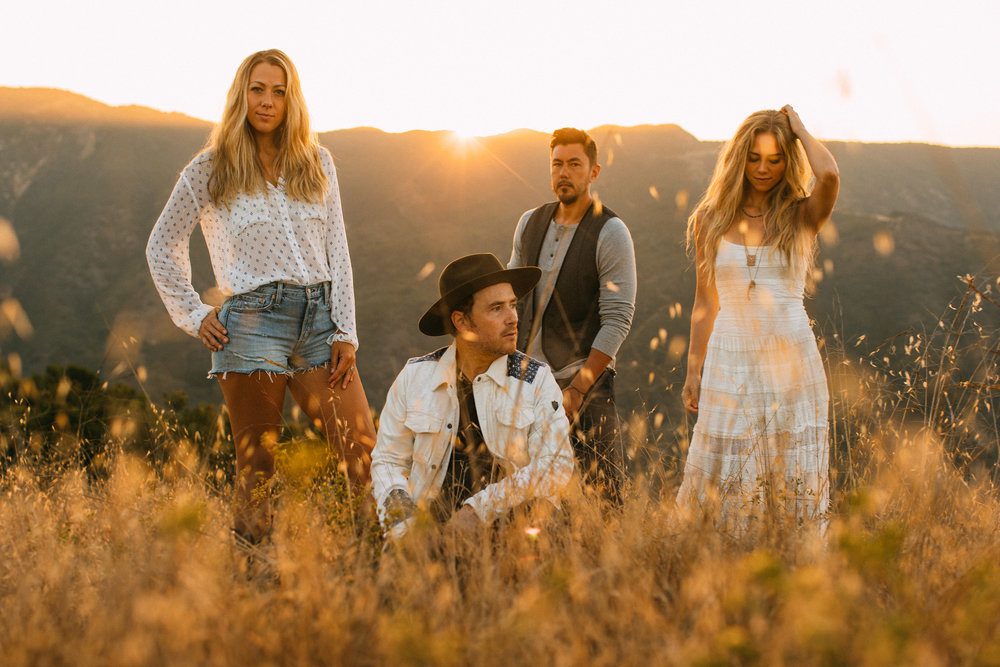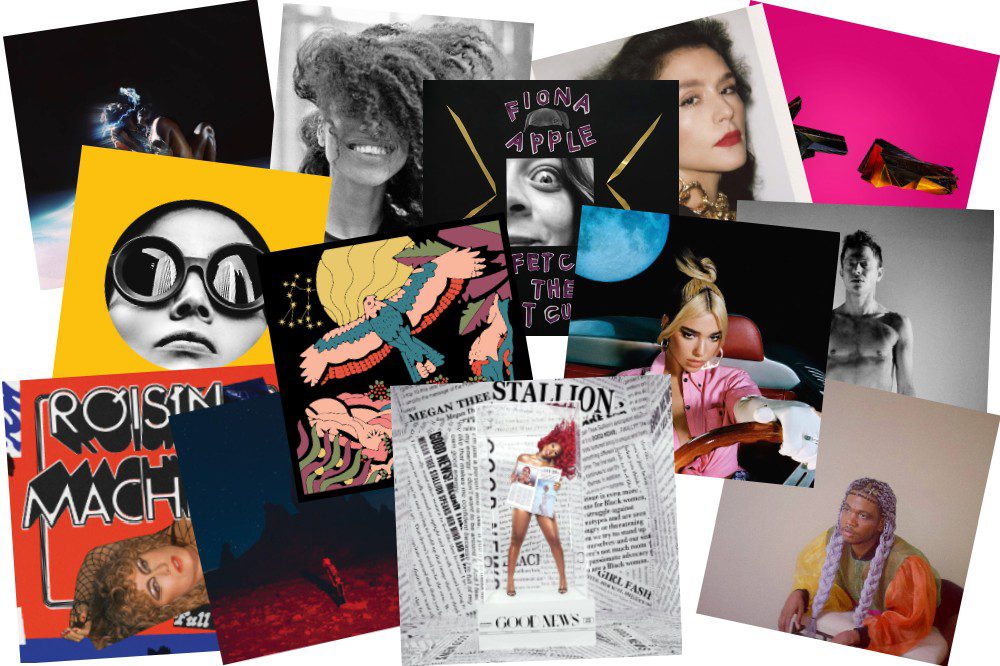

In a year that’s been like no other for the music industry, it feels a bit weird to make a best of 2020 list – there have been no tours, venues and clubs across the globe are in danger of closing their doors for good, release schedules were shuffled beyond recognition, and musicians have had to find other ways to make ends meet while those in the U.S. await the next round of paltry stimulus checks. With a situation so dire, the metrics have changed – should we ascribe arbitrary value to the skill of producers, songwriters, performers, and the execution of their finished projects, or simply celebrate records that made us feel like the whole world wasn’t crumbling?
Definitively ranking releases has never been the Audiofemme model for looking back on the year in music. Instead, our writers each share a short list of what moved them most, in the hopes that our readers will find something that moves them, too. Whether you spent the lockdown voraciously listening to more new music this year than ever before, or fell back on comforting favorites, or didn’t have the headspace to absorb the wealth of music inspired by the pandemic, the variety here emphasizes how truly essential music can be to our well-being. If you’re in the position to do so, support your favorite artists and venues by buying merch, and check out the National Independent Venue Association to stay updated on what’s happening with the Save Our Stages act. Here’s to a brighter 2021.
EDITOR LISTS
- Marianne White (Executive Director)
- Top 10 Albums:
1) Mary Lattimore – Silver Ladders
2) the Microphones – Microphones in 2020
3) Soccer Mommy – Color Theory
4) Megan Thee Stallion – Good News
5) Phoebe Bridgers – Punisher
6) Amaarae – The Angel You Don’t Know
7) Dua Lipa – Future Nostalgia
8) Adrianne Lenker – songs/instrumentals
9) Perfume Genius – Set My Heart On Fire Immediately
10) Lomelda – Hannah - Top 5 Singles:
1) Kinlaw – “Permissions”
2) Billie Eilish – “Therefore I Am”
3) Little Dragon & Moses Sumney – “The Other Lover”
4) Yves Tumor – “Kerosene!”
5) Megan Thee Stallion – “Shots Fired”
- Top 10 Albums:
- Lindsey Rhoades (Editor-in-Chief)
- Top 10 Albums:
1) Land of Talk – Indistinct Conversations
2) Dehd – Flower of Devotion
3) SAULT – Untitled (Black Is)/Untitled (Rise)
4) Public Practice – Gentle Grip
5) Cindy Lee – What’s Tonight to Eternity
6) Fiona Apple – Fetch the Bolt Cutters
7) Benny Yurco – You Are My Dreams
8) Eve Owen – Don’t Let the Ink Dry
9) Porridge Radio – Every Bad
10) Jess Cornelius – Distance - Top 10 Singles:
1) Little Hag – “Tetris”
2) Elizabeth Moen – “Creature of Habit”
3) Yo La Tengo – “Bleeding”
4) Caribou – “Home”
5) Jess Williamson – “Pictures of Flowers”
6) Adrianne Lenker – “anything”
7) Nicolás Jaar – “Mud”
8) Soccer Mommy – “Circle the Drain”
9) New Fries – “Ploce”
10) El Perro Del Mar – “The Bells”
- Top 10 Albums:
STAFF LISTS
- Alexa Peters (Playing Seattle)
- Top 5 Albums:
1) Deep Sea Diver – Impossible Weight
2) Blimes and Gab – Talk About It
3) Perfume Genius – Set My Heart On Fire Immediately
4) Tomo Nakayama – Melonday
5) Matt Gold – Imagined Sky - Top 3 Singles:
1) Stevie Wonder – “Can’t Put it in the Hands of Fate”
2) Tomo Nakayama – “Get To Know You”
3) Ariana Grande – “Positions”
- Top 5 Albums:
- Amanda Silberling (Playing Philly)
- Top 5 Albums:
1) Frances Quinlan – Likewise
2) Bartees Strange – Live Forever
3) Told Slant – Point the Flashlight and Walk
4) Diet Cig – Do You Wonder About Me?
5) Shamir – Shamir - Top 3 Singles:
1) Kississippi – “Around Your Room”
2) Sad13 – “Hysterical”
3) The Garages – “Mike Townsend (Is a Disappointment)”
- Top 5 Albums:
- Ashley Prillaman (Contributor)
- Top 5 Albums:
1) Perfume Genius – Set My Heart On Fire Immediately
2) Lasse Passage – Sunwards
3) Megan Thee Stallion – Good News
4) Grimes – Miss Anthropocene
5) Yves Tumor – Heaven To A Tortured Mind - Top 3 Singles:
1) Megan Thee Stallion – “B.I.T.C.H.”
2) Perfume Genius – “On the Floor”
3) SG Lewis & Robyn – “Impact” (feat. Robyn & Channel Tres)
- Top 5 Albums:
- Cat Woods (Playing Melbourne)
- Top 5 Albums:
1) Jarvis Cocker – Beyond the Pale
2) Róisín Murphy – Róisín Machine
3) Run the Jewels – RTJ4
4) Emma Donovan & The Putbacks – Crossover
5) Various Artists – Deadly Hearts: Walking Together - Top 3 Singles:
1) Emma Donovan & The Putbacks – “Mob March”
2) Laura Veirs – “Freedom Feeling”
3) Miley Cyrus – “Never Be Me”
- Top 5 Albums:
- Chaka V. Grier (Playing Toronto)
- Top 5 Albums:
1) Lianne La Havas – Lianne La Havas
2) Joya Mooi – Blossom Carefully
3) Lady Gaga – Chromatica
4) Witch Prophet – DNA Activation
5) Tremendum – Winter - Top 3 Singles:
1) Lianne La Havas – “Green Papaya”
2) Lady Gaga – “Free Woman”
3) Allie X – “Susie Save Your Love”
- Top 5 Albums:
- Cillea Houghton (Playing Nashville)
- Top 5 Albums:
1) Chris Stapleton – Starting Over
2) Brett Eldredge – Sunday Drive
3) Little Big Town – Nightfall
4) Ingrid Andress – Lady Like
5) Ruston Kelly – Shape & Destroy - Top 3 Singles:
1) The Weeknd – “Blinding Lights”
2) Billie Eilish – “Therefore I Am”
3) Remi Wolf – “Hello Hello Hello”
- Top 5 Albums:
- Eleanor Forrest (Contributor)
- Top 5 Albums:
1) Grimes – Miss Anthropocene
2) Rina Sawayama – SAWAYAMA
3) Allie X – Cape Cod
4) LEXXE – Meet Me in the Shadows
5) Gustavo Santaolalla, Mac Quayle – The Last of Us Part II (Original Soundtrack) - Top 3 Singles:
1) CL – “+5 STAR+”
2) Yves Tumor & Kelsey Lu – “let all the poisons that lurk in the mud seep out”
3) Stephan Moccio – “Freddie’s Theme”
- Top 5 Albums:
- Gillian G. Gaar (Musique Boutique)
- Top 10 Albums:
1) Dust Bowl Faeries – Plague Garden
2) Ganser – Just Look At That Sky
3) Oceanator – Things I Never Said
4) Loma – Don’t Shy Away
5) Maggie Herron – Your Refrain
6) Pretenders – Hate for Sale
7) The Bird and the Bee – Put up the Lights
8) Partner – Never Give Up
9) Bully – Sugaregg
10) Olivia Awbrey – Dishonorable Harvest
- Top 10 Albums:
- Jason Scott (Contributor)
- Top 5 Albums:
1) Mickey Guyton – Bridges EP
2) Katie Pruitt – Expectations
3) Mandy Moore – Silver Landings
4) Dua Lipa – Future Nostalgia
5) Cf Watkins – Babygirl - Top 3 Singles:
1) Mickey Guyton – “Black Like Me”
2) Ashley McBryde – “Stone”
3) Lori McKenna feat. Hillary Lindsey and Liz Rose – “When You’re My Age”
- Top 5 Albums:
- Jamila Aboushaca (Contributor)
- Top 5 Albums:
1) Tame Impala – The Slow Rush
2) Khruangbin – Mordechai
3) Kid Cudi – Man on the Moon III: The Chosen
4) Tycho – Simulcast
5) Run the Jewels – RTJ4 - Top 3 Singles:
1) Tame Impala – “Lost In Yesterday”
2) Phoebe Bridgers – “Kyoto”
3) Halsey – “You should be sad”
- Top 5 Albums:
- Liz Ohanesian (Contributor)
- Top 5 Albums:
1) Róisín Murphy – Róisín Machine
2) Jessie Ware – What’s Your Pleasure?
3) Phenomenal Handclap Band – PHB
4) Khruangbin – Mordechai
5) TootArd – Migrant Birds - Top 3 Singles:
1) Anoraak – “Gang”
2) Kylie Minogue – “Magic”
3) Horsemeat Disco feat. Phenomenal Handclap Band – “Sanctuary”
- Top 5 Albums:
- Michelle Rose (Contributor)
- Top 5 Albums:
1) Dua Lipa – Future Nostalgia
2) Taylor Swift – folklore
3) Shamir – Shamir
4) Jessie Ware – What’s Your Pleasure?
5) HAIM – Women in Music Pt. III - Top 3 Singles:
1) Porches – “I Miss That”
2) Annabel Jones – “Spiritual Violence”
3) Wolf – “High Waist Jeans”
- Top 5 Albums:
- Sara Barron (Playing Detroit)
- Top 5 Albums:
1) Summer Walker – Over It
2) Yaeji – WHAT WE DREW
3) Liv.e – Couldn’t Wait to Tell You
4) Ojerime – B4 I Breakdown
5) KeiyaA – Forever, Ya Girl - Top 3 Singles:
1) Yves Tumor – “Kerosene!”
2) Kali Uchis, Jhay Cortez – “la luz (fin)”
3) fleet.dreams – “Selph Love”
- Top 5 Albums:
- Sophia Vaccaro (Playing the Bay)
- Top 5 Albums:
1) Charli XCX – how i’m feeling now
2) The Front Bottoms – In Sickness & In Flames
3) Zheani – Zheani Sparkes EP
4) Various Artists – Save Stereogum: A ’00s Covers Comp
5) Halsey – Manic - Top 3 Singles:
1) Charli XCX – “forever”
2) Doja Cat – “Boss Bitch”
3) Wolf – “Hoops”
- Top 5 Albums:
- Suzannah Weiss (Contributor)
- Top 5 Albums:
1) Galantis – Church
2) Best Coast – Always Tomorrow
3) Overcoats – The Fight
4) Holy Motors – Horse
5) Suzanne Vallie – Love Lives Where Rules Die - Top 3 Singles:
1) CAMÍNA – “Cinnamon”
2) Naïka – “African Sun”
3) Edoheart – “Original Sufferhead”
- Top 5 Albums:
- Tarra Thiessen (RSVP Here, Check the Spreadsheet)
- Top 5 Albums:
1) Brigid Dawson & The Mothers Network – Ballet of Apes
2) Ganser – Just Look At That Sky
3) Death Valley Girls – Under The Spell of Joy
4) The Koreatown Oddity – Little Dominiques Nosebleed
5) Ghost Funk Orchestra – An Ode To Escapism - Top 3 Singles:
1) Miss Eaves – “Belly Bounce”
2) Purple Witch of Culver – “Trig”
3) Shilpa Ray – “Heteronormative Horseshit Blues”
- Top 5 Albums:
- Victoria Moorwood (Playing Cincy)
- Top 5 Albums:
1) Lil Baby – My Turn
2) A$AP Ferg – Floor Seats II
3) Polo G – The Goat
4) The Weeknd – After Hours
5) Teyana Taylor – The Album - Top 3 Singles:
1) Cardi B & Megan Thee Stallion – “WAP”
2) Roddy Ricch – “The Box”
3) Big Sean & Nipsey Hussle – “Deep Reverence”
- Top 5 Albums:

